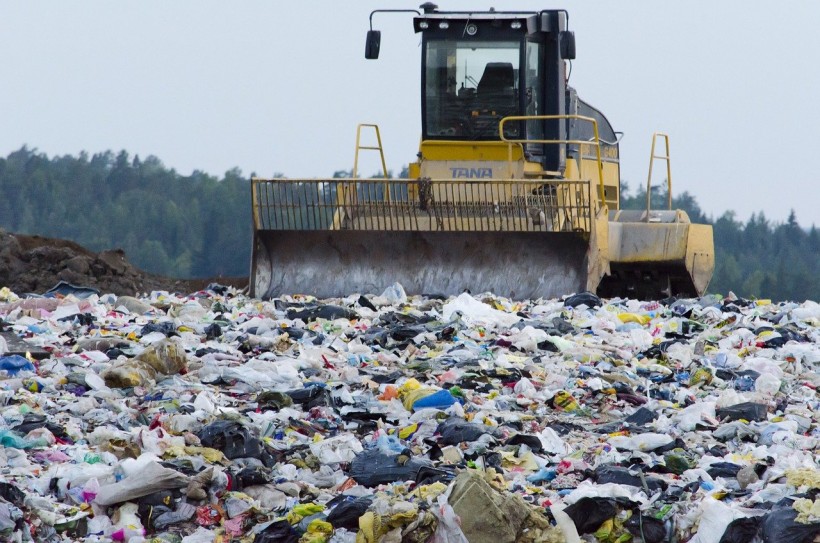Across the US, homes and businesses discard their garbage that ends up in nearly 2,000 active landfills in the country. Landfill pollutants then build-up and toxins and chemicals leach into soil and groundwater are known as leachate, which presents hazards both to the environment and people living nearby.
Researchers from the University of Missouri partnered with the USDA Forest Service to help environmental agencies address the problems with leachate from landfills.
They developed an algorithm that ranks landfill pollutants based on the order of toxicity and quantity to create a more specific and efficient plan against leachate.
The full findings are published in the study entitled "A systematic approach for prioritizing landfill pollutants based on toxicity: Applications and opportunities" and published in the Journal of Environmental Management.

Landfill Pollutants Ranked Based on Toxicity To Combat Leachate
New Prioritization System to Rank Landfill Pollutants
"Leachate from landfills can cause cancer and other serious harm, and it's a threat whether it's ingested, inhaled, or touched," said MU Center for Agroforestry in the College of Agriculture, Food and Natural Resources associate professor Chung-Ho Lin.
"This is the first time a system has been created that can automatically prioritize the pollutants released from a landfill based on their toxicity and abundance," Lin added.
Elizabeth Rogers, a doctoral student who works under Lin, made an algorithm that is being used with the new system that was inspired from the algorithm that can detect chemicals in the wastewater and will be used to detect toxins in landfill pollution.
The combination of the algorithm and three toxin databases would identify a pollutant and determine its quantity and toxicity level, according to News Medical Life Sciences.
It is a system that can rank landfill pollutants based on the overall prevalence of the toxins in a given site. This will help in the prioritization of pollutants based on the factors and goals that differ from site to site.
ALSO READ: Microplastic Pollution Is Killing Us, Slowly
Why Are Ranking Landfill Pollutants Important?
The ability to identify, quantify, and rank landfill pollutants are extremely important, according to USDA Forest Service research plant geneticist Ronald Zalesny Jr.
As principal investigator of a project that harnesses trees to clean up contaminated soil and water at landfills, Zalensy Jr. believes that knowing which pollutants are most important to target at a specific site is crucial because different trees use different methods in removing these pollutants from the soil and that no one solution will work on all types of pollutants.
Zalesny Jr. uses a natural process known as phytoremediation, employing poplar and willow trees to help absorb, degrade, and inhibit pollutants and the groundwater runoff that transports them.
Science Daily reported that the prioritization tool could tell them which site should be prioritized and match the contaminants present with their trees to create a long-term sustainable solution for cleaning up landfill pollution.
Moreover, the algorithm offers a way to quickly sort pollutants based on toxicity and give them updated information about hundreds of possible landfill pollutants.
Ultimately, the new prioritization system will help environmental agencies tackle the arrival of these dangerous landfill pollutants.
RELATED ARTICLE: Plastics Are Now Leaching With More Than 100 Hazardous Chemicals
Check out more news and information on Pollution on Science Times.












![Sat-Nav in Space: Best Route Between Two Worlds Calculated Using 'Knot Theory' [Study]](https://1721181113.rsc.cdn77.org/data/thumbs/full/53194/258/146/50/40/sat-nav-in-space-best-route-between-two-worlds-calculated-using-knot-theory-study.png)

